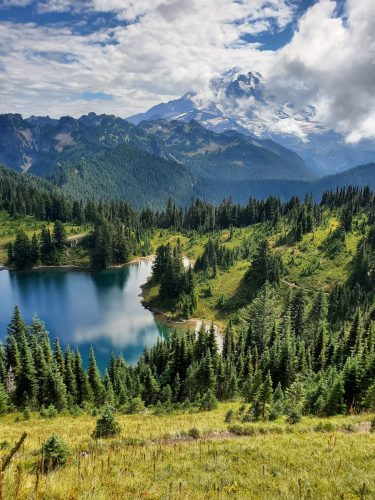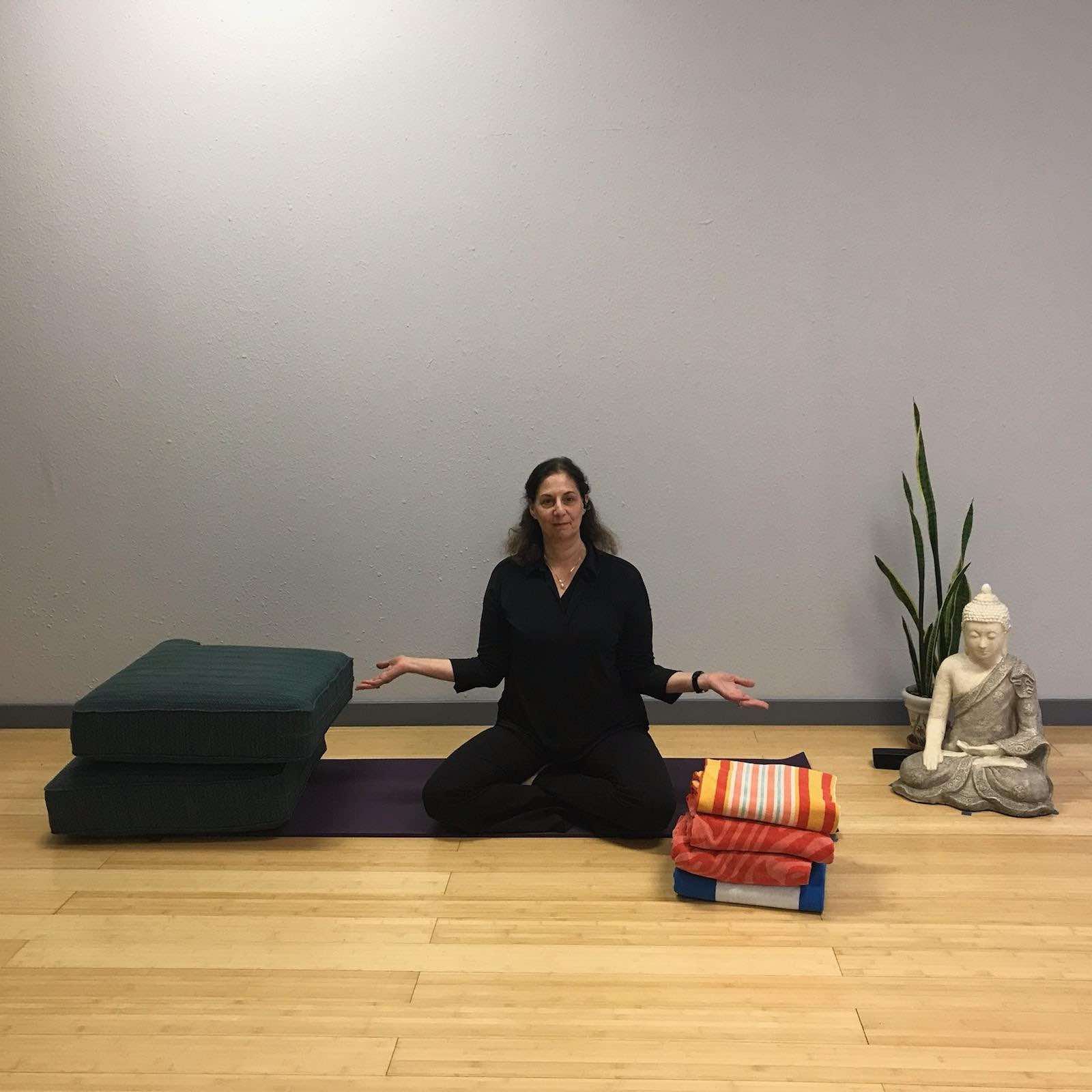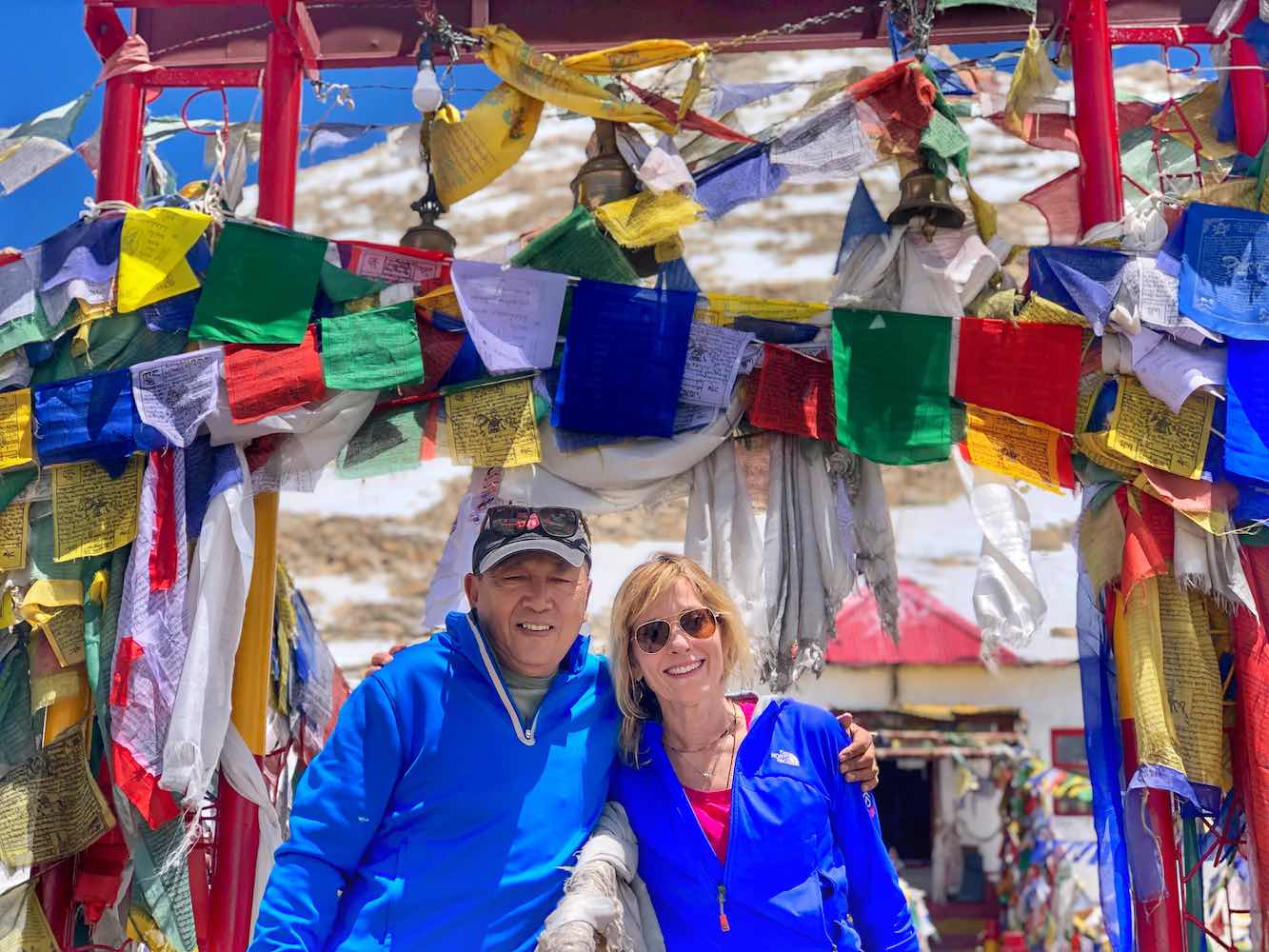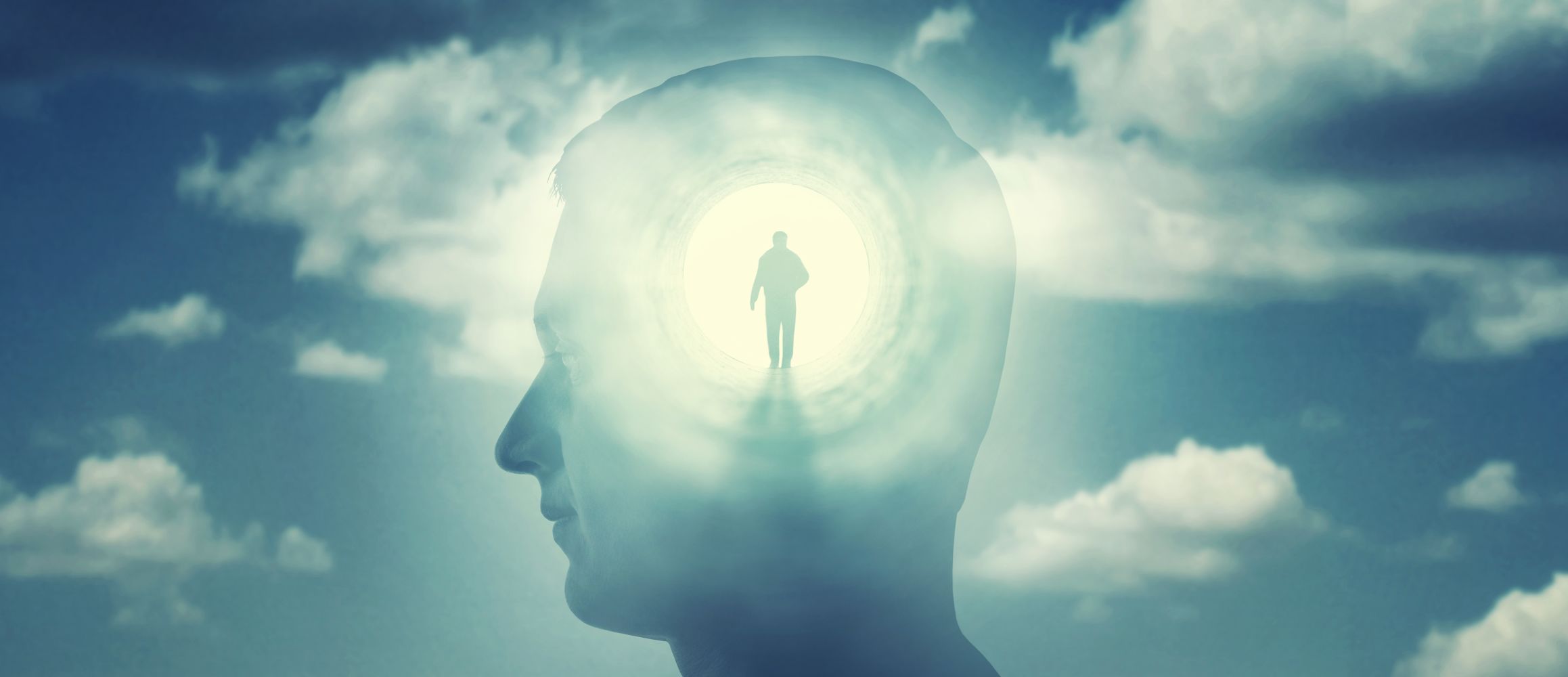The leaves in the wind whispering in your ear. The air caressing your skin. The colors of nature flooding the brain’s visual cortex. Does the thought of drinking up nature’s vibe feel therapeutic to you? According to the biophilia hypothesis, there is a reason why being in nature is universally appealing. Harvard Biologist E.O. Wilson proposed that we are genetically wired with an innate tendency to connect with our natural world (i.e., mountains, plants, and living things). During my own recent greenspace vacation inside Mount Rainier National Park, our hiking group had an affinity for taking photos of flowers, mushrooms, butterflies, bears, and marmots.
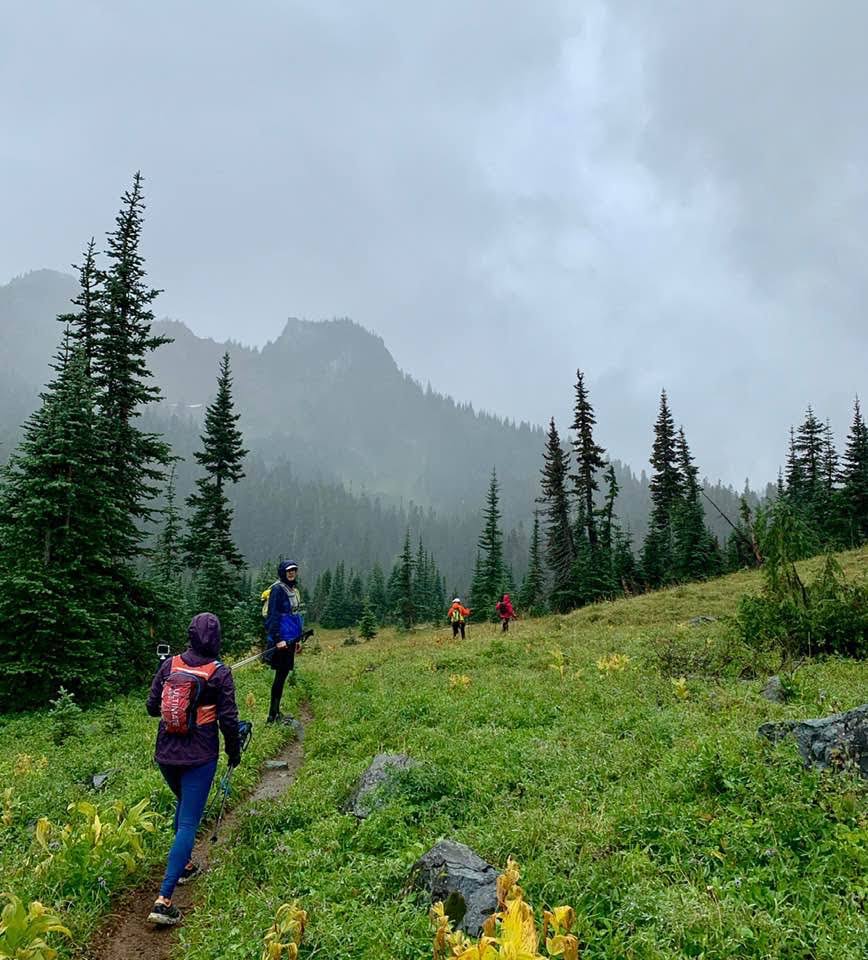
Irrespective of the biophilia hypothesis, growing scientific evidence supports that being in nature has positive effects on our mental and physical well-being. When we are in nature, seeing the trees and hearing the sound of water bubbling over rocks stimulates our parasympathetic nervous system, which regulates our body and mind in a state of calm and relaxation.
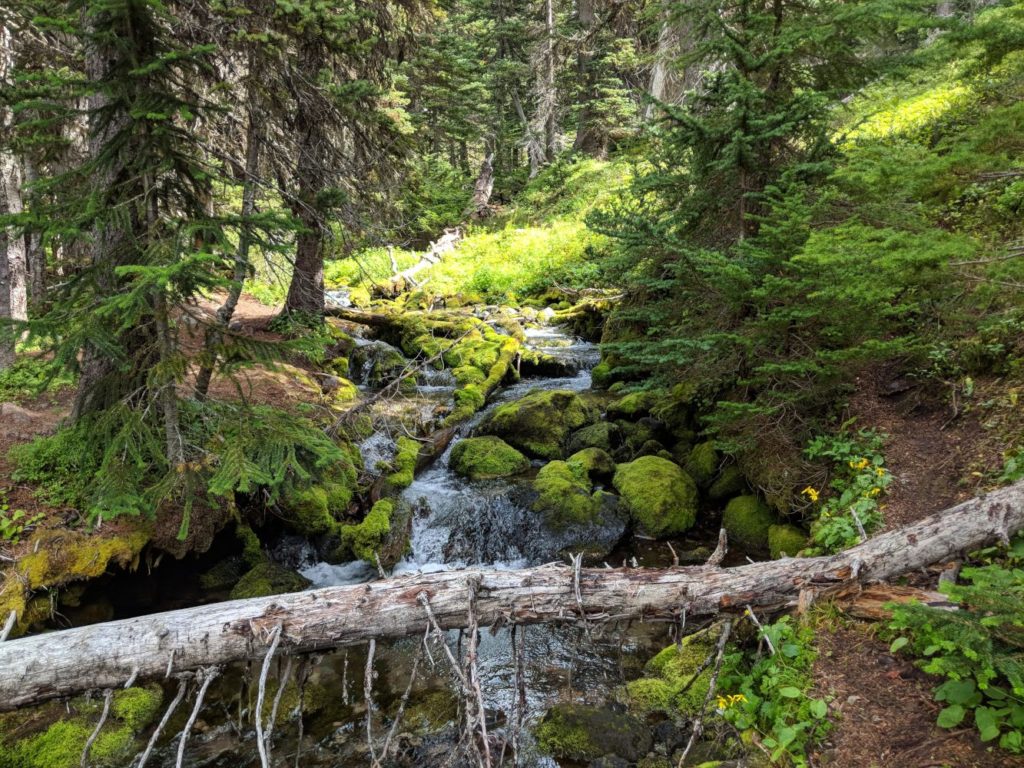
Some studies even suggest that lifelong exposure to greenspace increases the size of gray matter in the prefrontal cortex of the brain, which may affect cognitive function. And, it’s a no-brainer that being in nature gives our bodies a reason to move. The findings are so compelling! In fact, it’s inspired some doctors to prescribe being in nature as a form of intervention. If being in nature can reduce mental stress and promote physical activity, it may decrease the risk of stress-induced chronic inflammation, which can lead to chronic disease (i.e. heart disease, rheumatoid arthritis, type 2 diabetes, and obesity), that can be detrimental to our overall well-being.
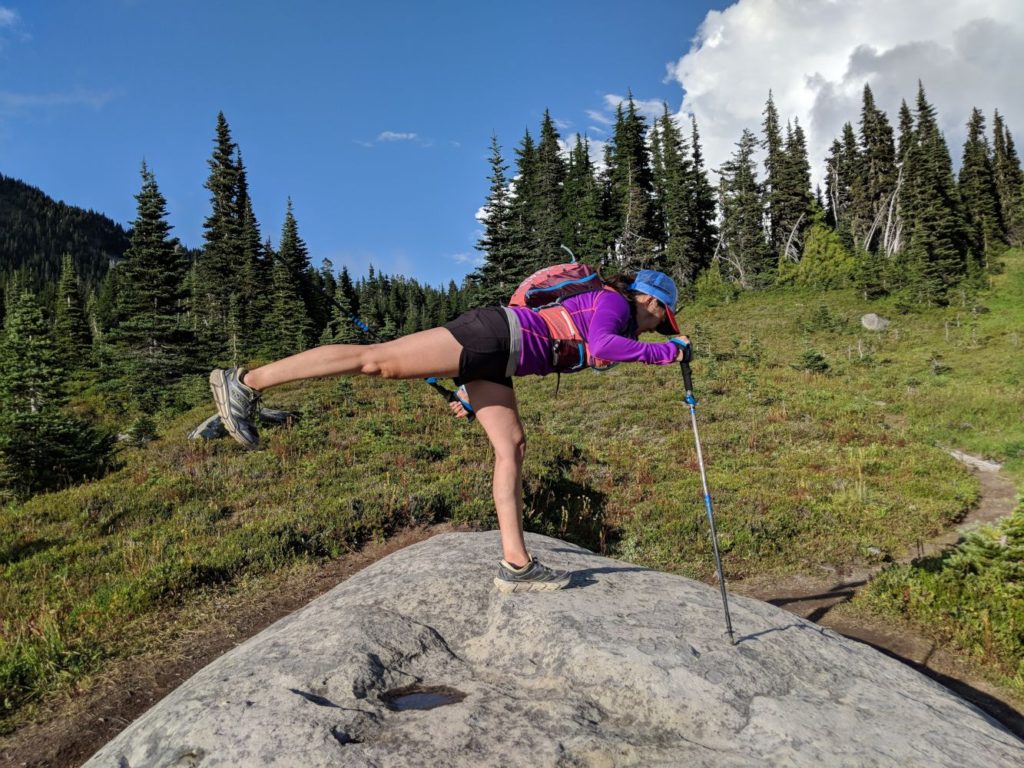
So, what if you don’t like to camp but want to reap the benefits of being in nature? Some studies suggest that exposing yourself to at least two hours per week at any “level” of green environment (whether in the wilderness or at a municipal park) can increase overall wellness. Other researchers found people who immersed themselves in the “highest level” of nature, defined as “a 1200-acre, wilderness-like forested area primarily comprised of trails that wind through wooded ridges and ravines,” reported a significant reduction in stress.
From my own experience, a couple of hours in a public park can boost my mood. When I’m able to commit a full day in the wilderness, the experience feels therapeutic. As for my recent, three-day hiking adventure in a national park? That felt profoundly therapeutic. I returned home feeling rejuvenated, less stressed, and more focused. In addition, my partner and I felt more connected because nature gave us space to be more present with one another. After living for several hours among the wildlife and wild plants, I could not help but feel more gratitude and compassion for our world.
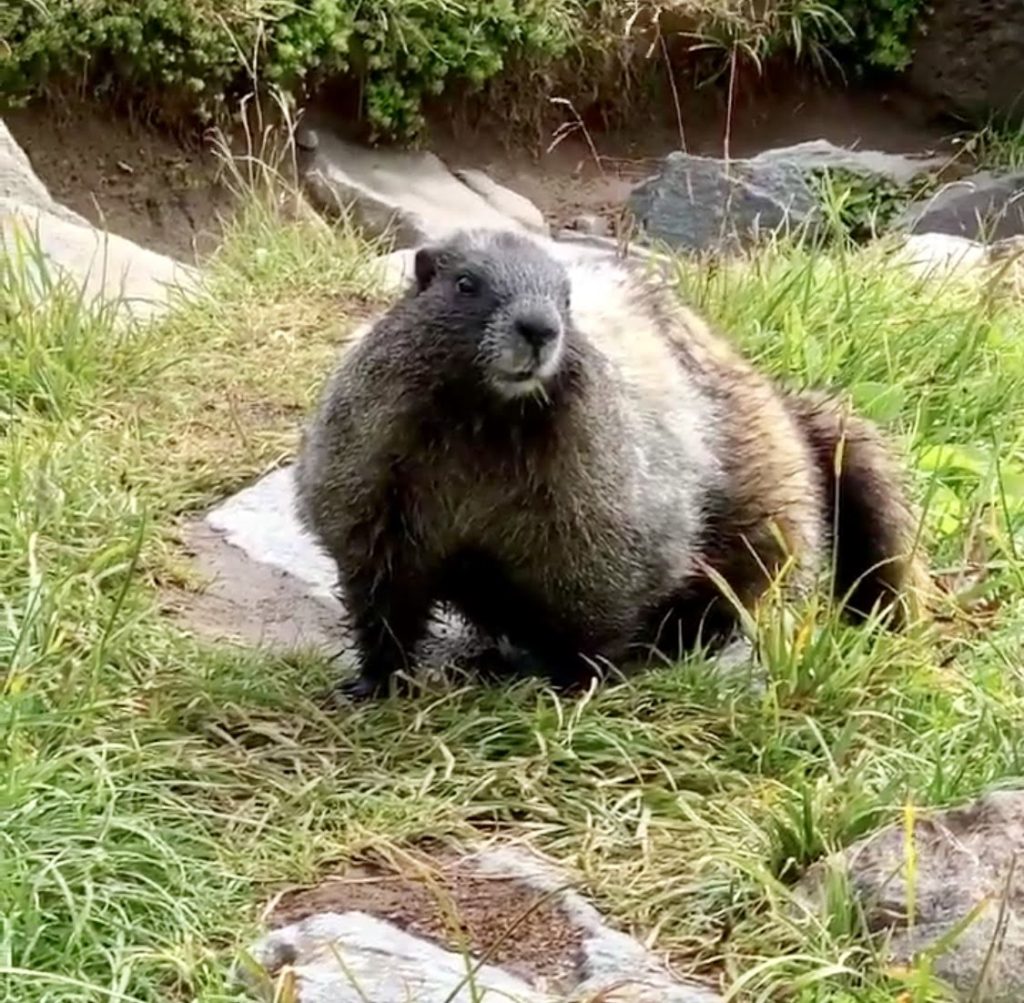
Are you ready to immerse yourself in forest therapy? Here are some tips for planning your greenspace vacation.
- Seek advice from experts. Reach out to experienced hikers through running clubs, Meetup groups, or even local sporting good stores, such as REI or Sports Basement.
- Do your homework. Learn the trails and how to read a topographical map so you can visualize the terrain. Stay up-to-date on weather conditions. Weeks prior to our trip, we learned that one of the trails had been washed out by an overflowing river.
- Be safe. Bring the right gear and plan for unexpected weather conditions. We knew in advance to expect rain during our hike. Some of us even came across ice. Also, finding a bear in the forest is not an ideal time to discuss what to do.
- Have enough food and water. Determine where to obtain more water and know how to filter it. Don’t risk dehydration or drinking untreated water.
- Have an emergency plan. We carried a satellite communicator device, which functioned as a GPS tracker navigation tool and provided satellite communication, keeping us connected to the outside world in case of an emergency.
- Know how to navigate. We printed maps and discussed where we would hike, how far we’d hike, and where to meet up after. At least one member performed a head count before and after the hike. Several of us downloaded the smartphone app Gaia, which connects to a satellite map even when there is no cellular service. Although the trails were marked and straightforward, one of us managed to temporarily get lost, adding almost an hour to their hike.
- Have the right equipment. There are many good resources available, including a packing checklist. Find one that is suitable for the type of hiking you plan for.
Respect the greenspace. Did you know that it’s really not a good idea to throw banana peels, orange peels, or uneaten apple cores into the woods? Depending on the climate and altitude, these natural-food items may take a while to decompose. Your food scraps may potentially attract rodents and could lead to a host of other issues, especially if the food item is not naturally present in the environment. So please stop tossing your fruit peels and cores outside. Pack it in. Pack it out.

